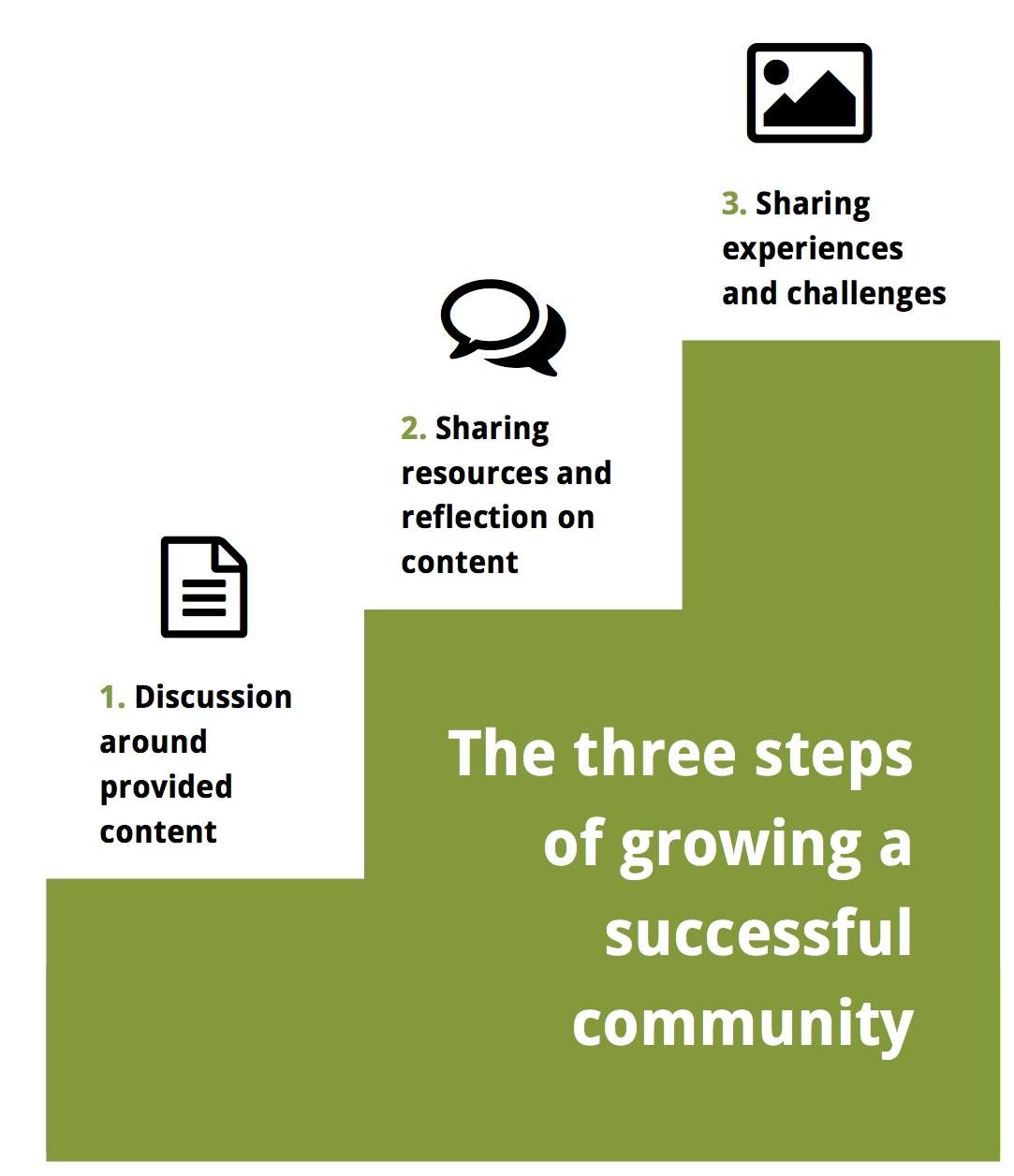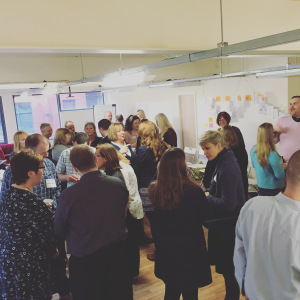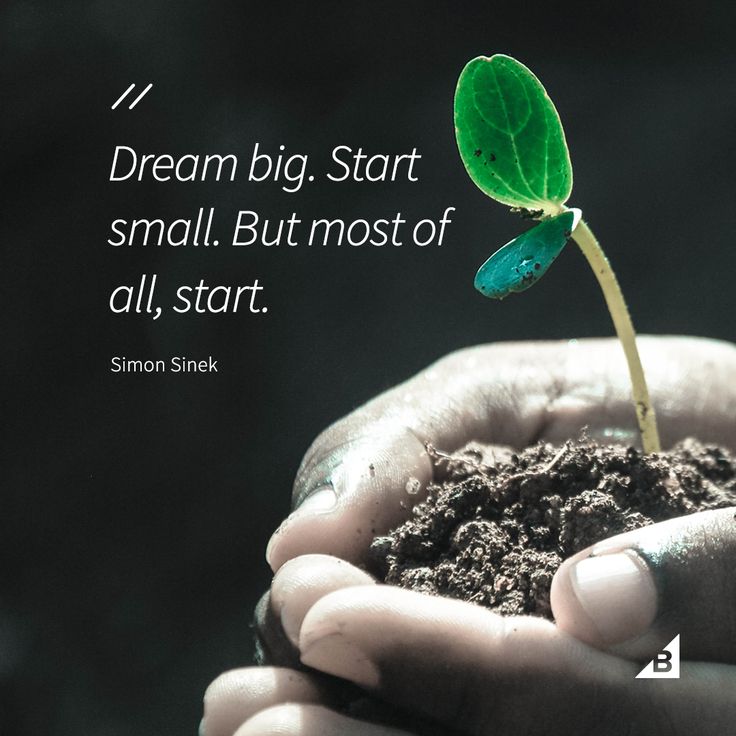 When starting out with collaborative learning it pays to start small. Valuable communities requires trust, a sense of ownership and shared purpose. It isn't rocket science - its human relationships.
When starting out with collaborative learning it pays to start small. Valuable communities requires trust, a sense of ownership and shared purpose. It isn't rocket science - its human relationships.
That is why we encourage facilitators of learning programmes to start small and to build it up gradually. Activity levels is not the end goal. Breadth of engagement and depth of value is. Clarifying what value is for a particular community and recognising the steps to get there is half the battle.
There are different ways of looking at engagement, but it doesn't need to be complicated. Through working with a wide variety of groups and communities, we have developed a very simple model with 3 levels of engagement.
 The first level is, predictably, the easiest. Users log on to access and comment on content. They may engage in theoretical discussions, but the learning is still relatively shallow. To step up from this level, participants need to get familiar with each other and how to navigate and engage with the provided content on the online platform.
The first level is, predictably, the easiest. Users log on to access and comment on content. They may engage in theoretical discussions, but the learning is still relatively shallow. To step up from this level, participants need to get familiar with each other and how to navigate and engage with the provided content on the online platform.
Level two goes in a bit deeper and involves more interaction and investment from participants. At this level we encourage interaction between the participants. The participants contribute to the learning material, by sharing knowledge and resources. Stepping up from this level is about moving the discussions from the theoretical and general to the practical and personal.
At the third and final level participants engage in deeper conversations and in "social reflection". At this level they share challenges as well as successes and reach out to each other for mutual support and guidance in understanding and applying learning.
Why have we broken it up into these three stages? Because it takes time to build up familiarity, trust and a sense of community. It cannot be forced or dictated, it needs to be nurtured and facilitated. This is particularly important if you consider that some participants many also be new to collaborative learning platforms. We need to spend the early days overcoming any technical and psychological barriers. It is important to ease people in gently and show them the ropes. Otherwise, the experience becomes too daunting. Don’t expect people to run before they can walk. Be patient, make it easy for people to take the first step and gently encourage more and higher levels of engagement. With a guiding hand you can build a momentum which is unstoppable.
So, the first step is getting participants familiar with each other, with the technology, how it fits with the rest of the learning programme and the reality of sharing collaboratively online. Because participants are often new to each other, they need to get comfortable communicating with each other on a basic level before we move onto the deeper stuff. To think they will instantly start sharing challenges and experiences with each other, to be vulnerable with each other, right from the outset of a programme, is too much to expect.
 Instead, we encourage users of our platform to start small and then build it up incrementally. Participants will primarily log on to access content and see what material is out there. Don't overwhelm them. While it might be tempting to upload everything and let the users access what they need as and when they need it, if the platform feels like a place to (just) access content - that is what it will become.
Instead, we encourage users of our platform to start small and then build it up incrementally. Participants will primarily log on to access content and see what material is out there. Don't overwhelm them. While it might be tempting to upload everything and let the users access what they need as and when they need it, if the platform feels like a place to (just) access content - that is what it will become.
Make sure the provided content invites comments and sharing. Ask questions, request participants input and feedback. Be specific and make it obvious what you want them to do. "Please add your thoughts in the comment field below". Make it clear how their engagement on the platform feeds into or carries on from other aspects of the programme they are on.
There is a lot of lurking at this stage – seeing what is happening and what content is being posted. That's ok. It can take time to "warm up" in a physical setting too. Be the host and make it a safe and friendly place to have chat. Seeing that others engage, encourages participants to get involved too. Once you know everyone have successfully logged on and are getting comfortable commenting, it is time to step it up.
At the next stage we encourage greater participation on the part of users. We want to tap into participants' knowledge and resources in a way that can help enrich and provide context to our programme. Trust and rapport will be steadily building and you can use that to encourage deeper discussions and more user-generated content. Another way is to ask open-ended questions that require long-text answers. This could be asking for their reflections on provided content, or for experiences related to the topic being discussed. Consider providing some questions to guide their thinking. Be specific, both in the questions you ask and the instructions you provide on what you want them to do: "please share your reflections on these questions in new post". Keep it light and simple.
Consider ways that you can ease your users into adding their own pieces of content. You could invite them to share a resource that they have found useful related to a course topic. That could be an article, a TED talk or a piece of advice given to them at some point. Note that it is easier think about and to share "something that has been valuable to me", compared to "something that might be valuable to the group". It seems like a subtle difference, but the latter request is both harder to respond to and is less likely to result in genuinely helpful resources being shared.
Social platforms like Noddlepod can massively enrich programmes by helping our participants engage and learn from each other. That is what we want to achieve. With user generated content "unlocked", you will start seeing participants commenting on each others content; reflecting on each others reflections and discussing course topics in the context of their work.
This second level of engagement can massively enhance the value of a learning programme. The community provides a more continuous learning journey, bridging the physical learning events. You are tapping into the knowledge and experience of the participants, both to add to and contextualise the provided resources.
Not all communities are likely to ever get beyond the second level. Nor does it always make sense to aim above it. As with anything else in L&D, you need to consider the audience, the culture and trust of the group, and the context and objectives of the learning programme.
At the third level, participants start turning to the community for support and guidance in applying the learning back to their workplace. This stage requires a certain level of trust, that participants are willing to be vulnerable with each other, to share mistakes and challenges, as well as success stories.
 Participants can use Noddlepod to keep tabs on progress, to see what is happening in between sessions. Are people putting into action what they are learning on the course? What is working? What isn’t? Are participants truly committed to change and taking the necessary steps?
Participants can use Noddlepod to keep tabs on progress, to see what is happening in between sessions. Are people putting into action what they are learning on the course? What is working? What isn’t? Are participants truly committed to change and taking the necessary steps?
As part of a leadership development programme, for example, it can add an enormous amount of value to have a supportive community of peers proactively following up on each other's plans of action.
The community can help each other – instead of waiting three months to discuss progress with their peer group, as they might have to with modular leadership courses, they can check in regularly in between sessions. The application of learning is often the hardest bit of all, so having that support and network available throughout the process is invaluable.
With every level, from you first invite participants onto a collaborative platform, there are various ways we as facilitators can encourage more and deeper levels of engagement. The online environment might well be unfamiliar to some facilitators of face to face interventions, but the skillset and the mentality of the online facilitator is near identical.
Online or offline, great facilitators can;
 build familiarly and trust.
build familiarly and trust. - create a welcoming environment for participant to engage.
- form, challenge and stretch group norms.
- create simple activities to encourage participation.
- connect someone with a question to someone with an answer.
- draw people into discussions.
- invite people to share from their experience.
- check in on participants' progress against pledges or plans of action
- draw on the community for support and ideas for tackling challenges
In doing so, facilitators can greatly enhance the impact of learning programmes.
If you are just starting out with collaborative learning or looking at ways technology can enhance your programmes, contact us or any of our accredited partners. We would be happy to help!
Related articles:
Building the bridge - an article on modernising leadership development.
A Noddlepod case study - on Resound Training and Development's use of the tool for asynchronous learning.
Why collaboration is no longer option for learning - a guest blog post by Nigel Paine.
Taking facilitation skills online - looking at the differences between online and offline facilitation.